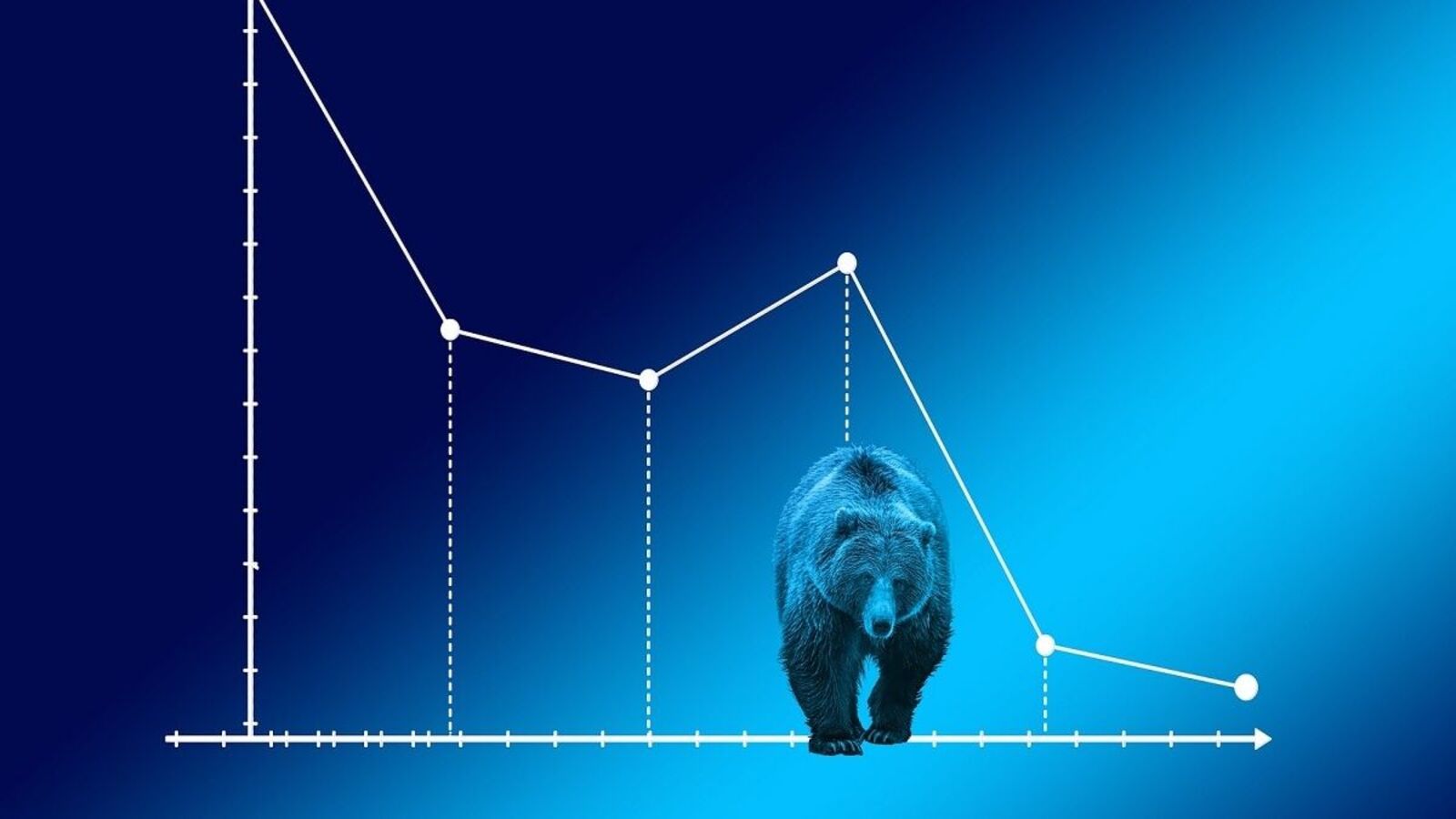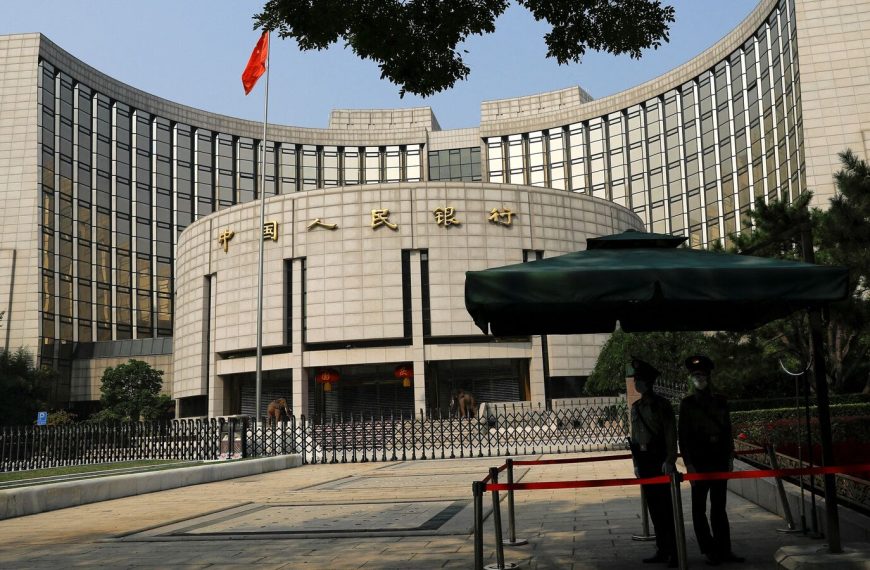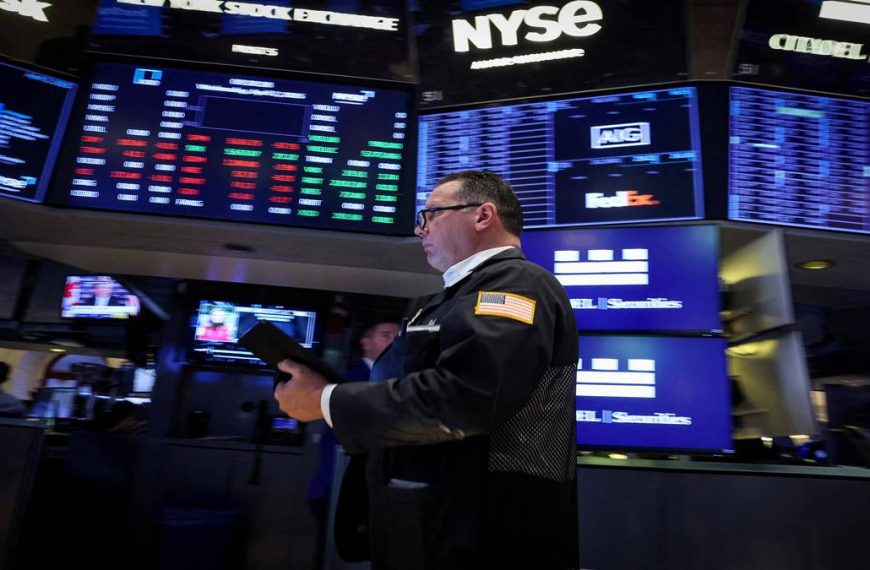On April 1, 2023, the Indian stock market experienced significant fluctuations, primarily driven by rising concerns over potential tariffs from the US government. The Sensex faced a steep decline, dropping nearly 1,300 points in intraday trading. Opening at 76,882.58, the index swiftly fell to 76,120.51, reflecting a tumultuous day for investors. By around 11:45 AM, the Sensex registered a decline of 1,268 points, or 1.64%, settling at 76,147. The Nifty 50 mirrored this trend, plummeting by 329 points, or 1.40%, landing at 23,191.5.
Uncertainty Surrounding Tariff Plans
One of the primary factors influencing the Indian stock market is the uncertainty surrounding the US administration’s upcoming “Liberation Day” tariff announcement, scheduled for April 2. This initiative aims to impose stricter trade policies on countries perceived as exploiting trade agreements with the US. Economic analysts suggest that while these tariffs may unsettle market sentiment, India’s potential for tariff reductions on over half of its $23 billion imports from the US could mitigate some negative impacts.
- Expert Insight: G Chokkalingam, Founder & Head of Research at Equinomics, stated, “Despite the looming trade war concerns, India’s willingness to negotiate tariff cuts may cushion the blow.”
Anticipation for RBI’s Monetary Policy
The Reserve Bank of India’s (RBI) Monetary Policy Committee (MPC) is set to convene from April 7 to 9 to evaluate interest rates amidst an unpredictable global economic landscape. Analysts anticipate a 25 basis points rate cut, potentially lowering the repo rate to 6%. Market observers are keen to understand the RBI’s stance on the evolving trends in growth and inflation.
- Market Expectations: According to Bank of America Global Research, the RBI’s decision to ease rates may be influenced by sustained low inflation forecasts, which could remain below 4% in the coming months.
Focus on Quarterly Earnings
Investors are also bracing for the upcoming Q4 earnings reports from Indian corporations, following three quarters of disappointing results. Analysts predict a slight improvement in performance, but any significant shortfall could hinder the market’s recovery momentum seen in March.
- Projections: Dhiraj Relli, MD & CEO of HDFC Securities, mentioned, "Expectations for Nifty earnings growth are between 12-15% for FY26 and FY27."
Absence of Catalysts for Growth
After a robust 6% surge in March, the Indian stock market now appears to be lacking new catalysts for upward movement. The anticipated US tariffs, corporate earnings, and macroeconomic indicators will significantly influence the market’s direction in the near future.
- Market Dynamics: The recent gains have largely accounted for positive expectations, leaving little room for further upward movement unless new triggers emerge.
Technical Outlook
From a technical standpoint, market analysts emphasize that for the Nifty to regain strength, it must surpass the 23,700-23,750 range. Failure to do so may result in sideways movement with a downward bias toward 23,300.
- Strategist Insights: Anand James, Chief Market Strategist at Geojit Investments, noted, “A breakout above 23,750-23,300 could initiate significant directional trades. Conversely, heightened selling pressure could see the Nifty dip to 23,400–23,200, presenting a potential buying opportunity.”
As the market navigates these turbulent waters, stakeholders will be closely monitoring developments on trade tariffs and the RBI’s upcoming decisions. For continuous updates on the market, read more articles by industry experts and analysts.
For additional insights on market trends, feel free to explore more articles related to financial analysis and stock market dynamics.











